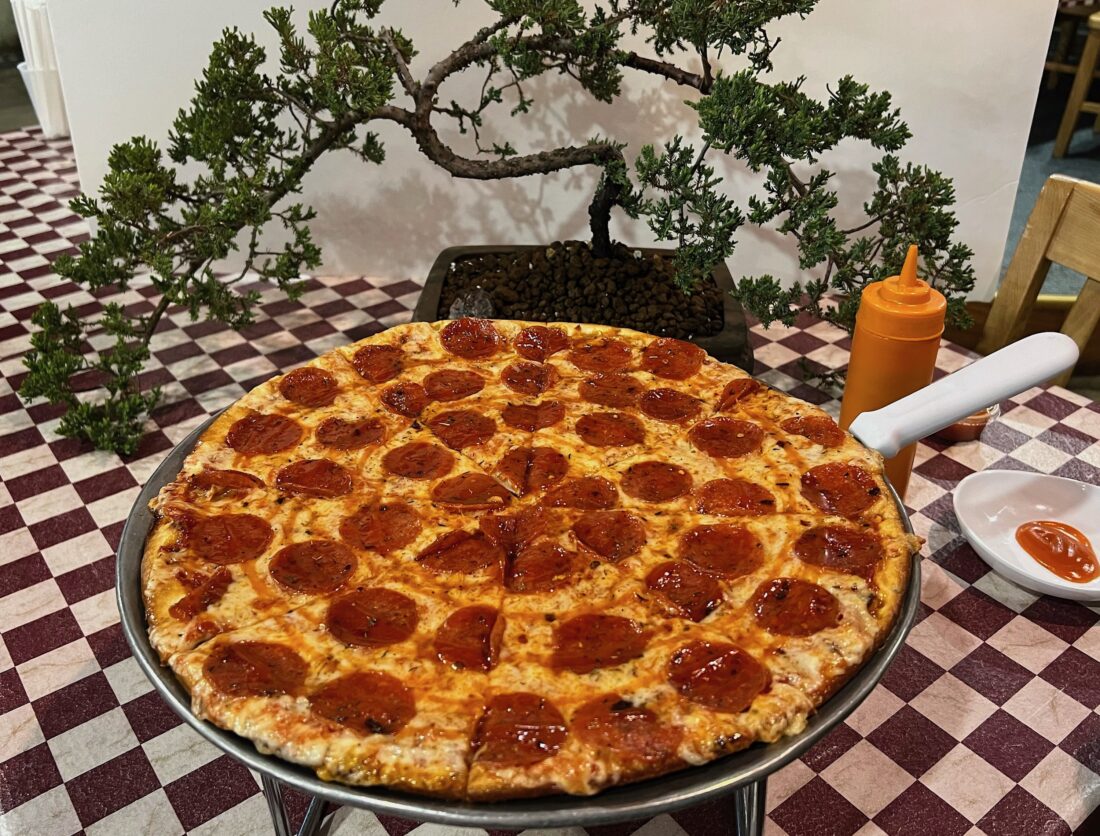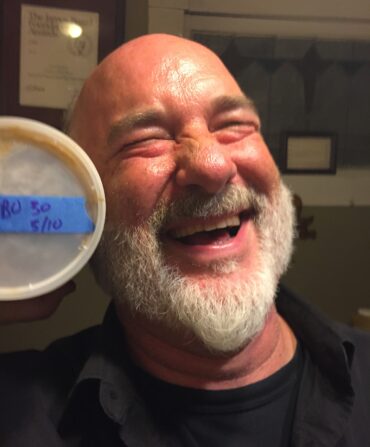New Yorkers brag about their city’s signature foldable pizza, Chicagoans laud deep-dish, and Detroiters sing the praises of a pan-style pie. But ask anyone from Biloxi, Mississippi, about the best way to enjoy pizza, and they’ll tell you it’s less about the style of the slice and more about what goes on top. Along the Gulf Coast, that distinguishing factor is French dressing, and it’s as common to local pizzerias and kitchen tables as ketchup on French fries.
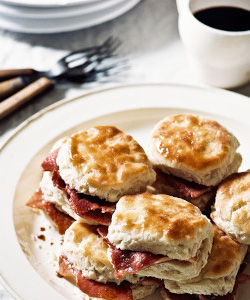
French dressing on pizza has generations of fans from Pascagoula to Pearlington, and its popularity spurred even national pizza chains in the area to offer customers the tangy-sweet, vinegar-and-tomato-based dressing on the side.
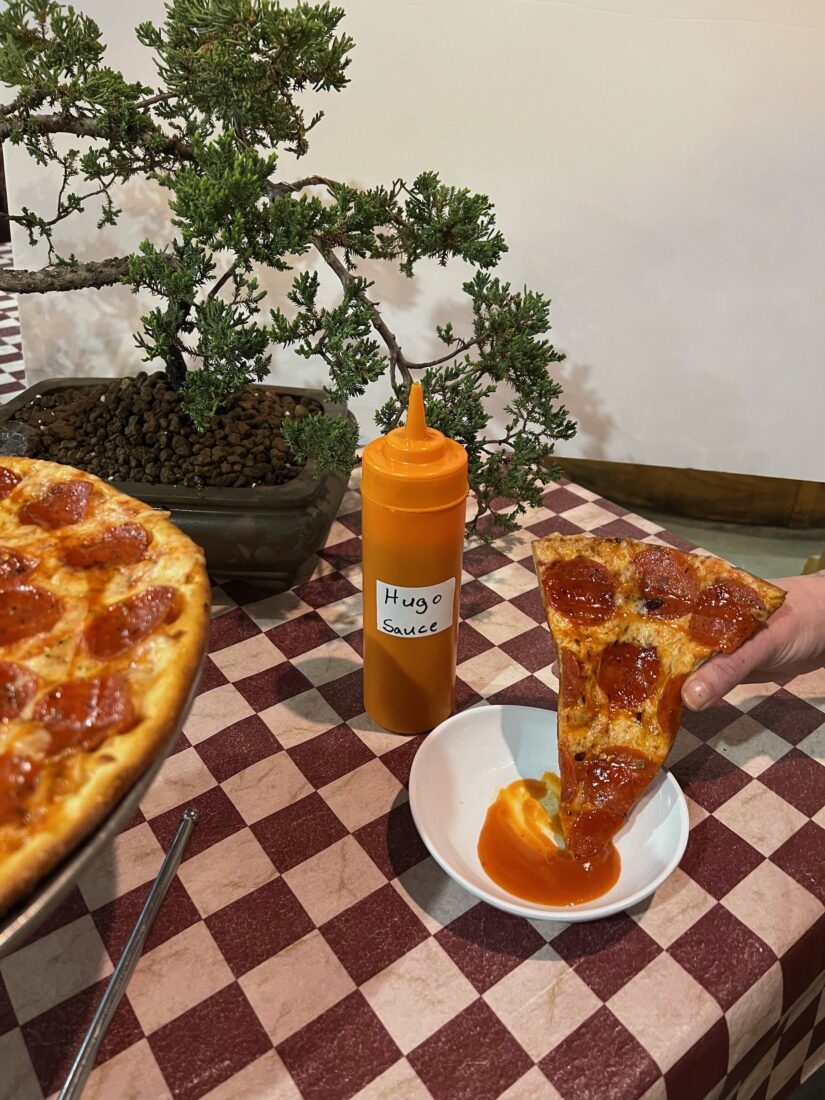
“A guy I talked to not long ago, he’s young, and I said, ‘You know about French dressing [on pizza]?’” says Jane Shambra, a retired local history and genealogy researcher who lives in Biloxi. “He goes, ‘Yeah, I’ve had that all my life. Grandma always had it, and whenever we’d go someplace local, we’d ask for it.’”
Residents know how strange this sounds. Biloxi mayor Andrew “FoFo” Gilich remembers the befuddled reaction he got when he traveled to Los Angeles in 1980 with his family to appear on the long-running TV game show Family Feud. When the topic turned to things someone might put on a pizza, he blurted the first thing that came to his mind—in front of a national audience.

“For me, I order a pepperoni [pizza], and I put French dressing on it,” Gilich says. “They said, ‘What?!’ They’d never heard of that. Well, my family knew what I was talking about.”
All accounts trace the odd practice to Hugo’s, an Italian restaurant founded in Biloxi in 1951 that first brought pizza to the Gulf Coast, although recollections vary as to how customers came to drizzle the “liquid cheese,” as a customer once quipped, on their pizza slices. But it likely became popular in the sixties and spread from there.
At the time, pizza was so unheard of in Biloxi that proprietor Hugo Rungo, a New York City native who stayed in the area following his military service at nearby Keesler Field, had to import ingredients like mozzarella and pepperoni from home to make the first pies. Teenagers frequented the restaurant after football games and mixers, dropping coins in the jukebox and pinball machines and dipping their slices in the dressing.

“On the table you’d have the Parmesan cheese and those cracked peppercorns that you’d shake on, but then you had French dressing—and if you didn’t, people would ask for it quickly,” says Errol Bradley, a lifelong Biloxian and Hugo’s customer.
The restaurant remained a Biloxi fixture after Rungo sold it in 1977, but eventually shuttered in 2003, a decade after he passed away. By then, putting French dressing on pizza was as much a Biloxi culinary tradition as fried oyster po’boys and Barq’s root beer in a glass bottle.
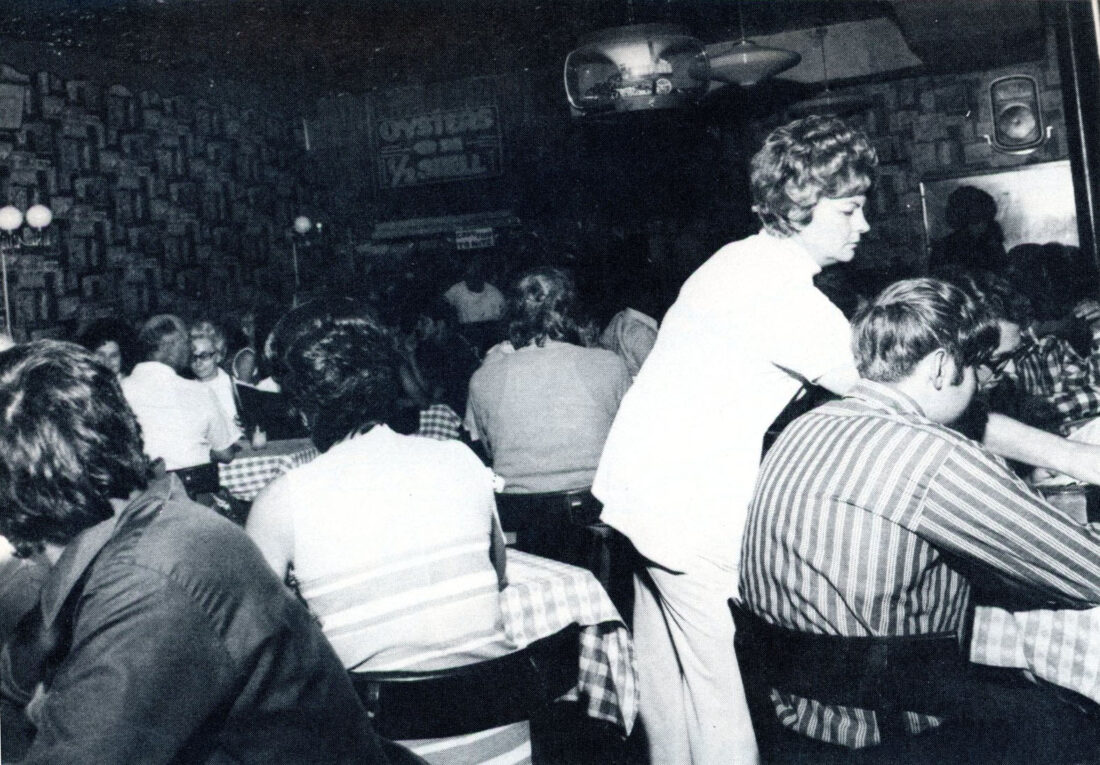
Today, local pizzerias still have their own variations of Biloxi-style pizza. Some restaurants make their own sauces, like Tom’s Extreme Pizzeria in Ocean Springs, which named its French dressing “Hugo sauce.” Others simply include packets of Catalina, a French dressing marketed by Kraft, with pizza orders.
Gilich, now in his second term as mayor, has scaled back his pepperoni intake since his youth. But does he still drizzle his slices with French dressing?
“Of course! I eat cheese pizza now, and I eat French dressing with it, too. I kind of like the Catalina spice,” he begins, before his inner politician corrects him. “Some people prefer the more creamy French dressing,” he equivocates, “but I like the Catalina, too.”


